Ceaselessly Requested Questions
What’s the most productive emblem of desktop pc?
Dell, HP, Lenovo – how are you aware what emblem of desktop PC is right for you? Emblem loyalty is not one of the simplest ways to way desktop PCs, however manufacturers have sure specialties. Apple is concerned about rock-solid efficiency and a blank person revel in for a moderately upper value, for instance, whilst Dell creates a number of PCs that experience the bandwidth for a house administrative center and a gaming setup.
The most productive factor to do is take a look at particular person desktop critiques moderately than depending on what anyone says is the “highest emblem.” Some manufacturers pop out with superb PCs one technology and deficient desktops the following, so it’s a must to take a look at in on critiques when you want to improve.
What’s the highest processor for a desktop pc?
The most productive CPU is dependent upon how you are the use of your desktop. Avid gamers who need the maximum efficiency will need an overclockable Intel Core i9-14900K discovered on maximum high-end techniques, whilst creatives taking a look at juggling massive media information will need one thing with extra cores. That suggests AMD, which provides 12- and 16-core chips within the type of the AMD Ryzen 7900X and 7950X.
If you are operating totally on Place of job information and use your desktop to browse the internet, scaling right down to an Intel Core i5 or Core i7, or an AMD Ryzen 7 or Ryzen 5 processor, would help in making really extensive financial savings with out impacting efficiency a lot.
Will have to my desktop have USB-C or Thunderbolt 3?
USB-C is starting to display up in additional desktop builds, however it is nonetheless extra commonplace on laptops. It is not strictly important, as there are many USB-A to USB-C cables in the market, but when it is a will have to for you, control the case that your new gadget is available in. That may or would possibly not have USB-C as traditional.
Thunderbolt 3 makes use of the USB-C shape issue nevertheless it provides probably the most bandwidth of any USB-based stressed out connection to be had presently, giving speeds that scorch traditional USB ports. Then again, it’s even much less commonplace on desktops than simple outdated USB-C. If you wish to have it, you’ll be able to want to move with an Intel or Apple gadget, despite the fact that for those who go for the previous and Thunderbolt 3 isn’t traditional at the chassis or motherboard, you’ll want to all the time get a PCI-Specific add-in card that has it.
When is the most productive time to shop for a desktop?
The most productive time to shop for a desktop is when your present pc is not in a position to take care of the programs you wish to have to make use of. Black Friday and Amazon High Day most often deliver the steepest reductions on desktop computer systems, however the truth is that you’ll rating a deal on a PC virtually any time all through the 12 months. Be sure to stay our roundup of the most productive desktop offers at hand for when you wish to have to improve.
How are you aware if you want a pc or desktop?
Opting for between a desktop and a pc comes right down to portability and luxury. You’ll take a pc just about any place, however they are no longer as comfy to make use of as desktops with a bigger display screen. Then again, a desktop is extra versatile and lets you use a keyboard/mouse combo you favor, however it is limited to at least one house.
Believe what you’ll be able to use your gadget for. If you are gaming, for instance, a desktop makes extra sense. If you are answering e-mail and skimming the web, a pc is most certainly higher a choice.
How to make a choice a desktop pc
In case your current PC is so gradual it may possibly slightly run Home windows Solitaire, let by myself video enhancing device, don’t be anxious. There’s some excellent information for pc customers dealing with the inevitable improve: There’s by no means been a greater time to shop for a brand new PC.
Costs are at an rock bottom, whilst on the similar time, computer systems are turning into extremely robust and filled with handy options. However selecting the proper pc to compare your wishes and finances may also be an amazing activity — particularly for tech-shy other people intimidated by means of geeky terminology and pushy salespeople.
This is how to make a choice a pc that is simply best for you.
Pc or desktop
If you happen to require portability, then a pc (additionally known as a “pocket book”) PC is for you. But when you wish to have the versatility of including a bigger show or upgrading different parts (comparable to including a larger onerous force or higher video card), then most likely a desktop PC is learn how to move.
If you purchase a desktop pc, you are going to additionally desire a show to plug into it to look anything else, until you purchase an all-in-one pc, comparable to Dell All-in-One or an Apple iMac, that have the show constructed at once into the unit. If you happen to’ve made up our minds on a pc, you’ll be able to want to imagine portability like weight and dimension. A bigger display screen is good, however do you wish to have to care for the added dimension and weight? The larger the display screen (e.g. 17 inches versus 12 inches), the larger and heavier the pc can be.
Whilst laptops are turning into extra robust, a desktop continues to be higher fitted to graphic-intensive programs comparable to pc gaming, video enhancing, or animation rendering. But when portability is a concern, then laptops are the one solution to move.
Different issues to remember when deciding between a pc and a desktop pc come with in advance prices, noise and cooling, and peripherals. You will have to be expecting a pc to price a little bit greater than a desktop of an identical specs, as you are purchasing the show and enter mechanisms on the similar time, in addition to paying for a battery — despite the fact that there are nice finances laptops in the market.
Laptops also are continuously very compact, because of this they’re much more likely to be noisier when the lovers ramp as much as stay the pc cool. Whilst desktops too can get noisy when below heavy quite a bit like gaming or video enhancing, they generally tend to nonetheless be quieter than laptops below the similar load because of the enhanced airflow within the case — and you’ll all the time alter the cooling to reinforce it. That is not really easy with laptops.
As for peripherals, desktops have a tendency to have extra ports than laptops, that means if you want to glue a number of peripherals (e.g. printers, exterior garage, audio system, microphone, and many others.) then a desktop is also a more sensible choice. The most recent port requirements come with USB-C and Thunderbolt 3, which might be superb connections to search for.
Mac or Home windows
Non-public desire and revel in dictate the running gadget of selection greater than anything else, making it onerous to suggest one over the opposite. One of the best ways to inform which one is perfect for you is to take a look at each out to look which one feels extra intuitive so that you can paintings on, and which one will paintings along with your favourite systems. Mac computer systems are most often dearer than Home windows-based PCs, despite the fact that they have a tendency to be somewhat extra protected. With fewer macOS PCs in the market, hackers are much less serious about making viruses for them. The closed-ecosystem way Apple employs for its merchandise additionally makes it tougher to distribute malware — despite the fact that no longer unimaginable.
Home windows PCs have a a lot more powerful gaming ecosystem to revel in and are surely higher for players.
Out of doors of that area of interest, the app ecosystem for each macOS and Home windows is excellent — there are such a lot of apps for each platforms so it doesn’t matter what you want to do, you’ll be able to most probably be capable of in finding an app to perform the duty. In the long run, you want to make the decision for your self, however surely remember the fact that lately’s Mac computer systems too can run the Home windows running gadget via systems comparable to Boot Camp, Parallels, or VMWare Fusion.
Energy and function
Efficiency is arguably an important metric of any PC, and the CPU is the center of that. You need on the very least a dual-core CPU with simultaneous multithreading/hyperthreading, however a quad-core will make a large distinction on your on a regular basis PC efficiency. Intel’s Core i3 and AMD’s Ryzen 3 CPUs are incredible on this recognize, despite the fact that particularly the latter.
If you want a little bit extra energy for any roughly picture or video enhancing or are making plans to play the newest video games, then preferably you’ll want to search for a pc that sports activities a six-core (or higher) processor comparable to an Intel i5 or i7 or an AMD Ryzen 5 or Ryzen 7.
For extra in-depth CPU purchasing data, take a look at our information on how to make a choice a CPU.
In the case of gadget reminiscence, or RAM, you wish to have to be sure you have sufficient, and no longer too a lot more. A capability of 8GB to 16GB is the candy spot for many customers, together with heavy players; 32GB and past is simplest in reality advisable if you are doing a large number of heavy video enhancing, and can very a lot rely at the explicit device you wish to have to make use of.
A graphics card may also be the most costly a part of a PC and is simplest important if you are taking a look to play video games. If you’re, purchase a GPU that matches your wishes and finances. There is no level in purchasing a $1,000 graphics card if all you wish to have to play is Minecraft, however you’ll be able to be disillusioned for those who attempt to play the newest AAA video games on the cheap GPU. Take a look at the specs of the video games you wish to have to play to assist make a decision which graphics card is best for you or take a look at our checklist of the highest GPUs you’ll purchase.
Need to recreation at the move? Take a look at our checklist of the highest gaming laptops to be had.
Garage
The dimensions of a onerous force or solid-state force determines what number of systems and information you’ll have compatibility on it earlier than working out of area. Until you are purchasing one thing like a Chromebook the place cloud garage is a large function, a pc with a minimum of 500GB of area is a superb start line. In case you have a large number of video games or films that you wish to have to retailer, then it would be best to imagine a secondary force with a terabyte or two of extra area.
Lately, maximum computer systems have a minimum of one SSD, or solid-state force, for garage. SSDs are a lot quicker than older HDDs (onerous disk drives with shifting, magnetic portions), because of this you’ll open and in finding information quicker. SSDs are your highest wager for a boot force, with conventional onerous drives highest suited as further cupboard space and secondary drives.
If you are fascinated by working out of area for your force, do not be. There are such a large amount of choices to extend your garage for both a pc or desktop with an reasonably priced exterior onerous force and even cloud garage. Exterior drives (you’ll in finding each exterior onerous drives and exterior SSDs) are nice, and nowadays, relying on which one you purchase, may also be simply as rapid as your interior force because of new applied sciences comparable to Thunderbolt 4.
Wi-Fi and Bluetooth
If you happen to’re looking for a pc, likelihood is that it’ll have built-in wi-fi networking options. This implies you’ll go online to the web at broadband speeds when in vary of a Wi-Fi community, be it at house, paintings, faculty, or one of the thousand “hotspots” world wide, together with cafés, motels, airport lounges, and so forth. The most recent laptops have 802.11ax (Wi-Fi 6) generation — which provides a 30% to 60% velocity spice up over the older 802.11ac (Wi-Fi 5) generation and is a more secure wager if you wish to get ready for long term units.
Bluetooth is any other commonplace wi-fi function that the majority laptops (and a few desktops) have, which may make telephone syncing more straightforward (learn: cable-free) or even upload give a boost to for headsets and headphones, permitting you to roam freely whilst on a voice name or paying attention to song. Any desktop you select will have to additionally be offering Wi-Fi five or six wi-fi networking capacity (presented by the use of a integrated or not obligatory attachment), or include an built-in Ethernet port, which permits connection to the web by the use of an Ethernet cable.
Going Chromebook
Whilst Home windows and Mac are the typical possible choices for running techniques, there’s an alternate for brand spanking new customers — a Chromebook. Chromebooks run on Chrome OS, a light-weight running gadget designed for ultra-portable laptops.
Chromebooks are a give-and-take proposition: They have a tendency to be very reasonably priced, really easy to make use of, and excellent possible choices for extra informal customers, scholars, and those that wish to lower your expenses whilst nonetheless getting a pc. Additionally they have rising compatibility with Android apps. Then again, they most often have restricted energy, little or no garage (relying on cloud garage for plenty of actions), and restricted capacity to run extra difficult device or programs with out Chrome OS compatibility.
If you are serious about a pc with a gentle footprint, we propose you take a look at our information to Chromebooks, and our present checklist of highest Chromebooks in the marketplace.
Construct your personal pc
If you are feeling somewhat adventurous and want to do one thing a little bit other, there is all the time the approach to construct your personal pc. It is rather a large number of amusing too, plus nowadays it is more straightforward than ever to seek out and purchase the entire portions you are going to want, and the entire recommendation above nonetheless applies.
If you are serious about development your personal pc, the most productive position to begin compiling a portions checklist is PCPartPicker. At PCPartPicker you’ll assemble an inventory of portions from more than a few retail web pages together with Newegg and Amazon. What is even nicer is for those who pick out portions that don’t seem to be suitable, PCPartPicker will can help you know.
Views: 0

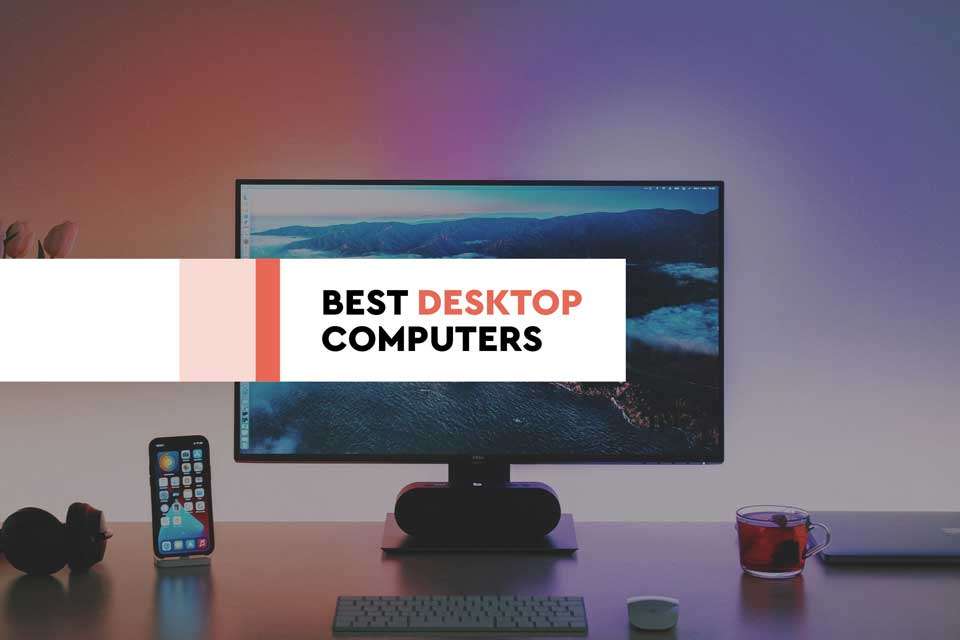
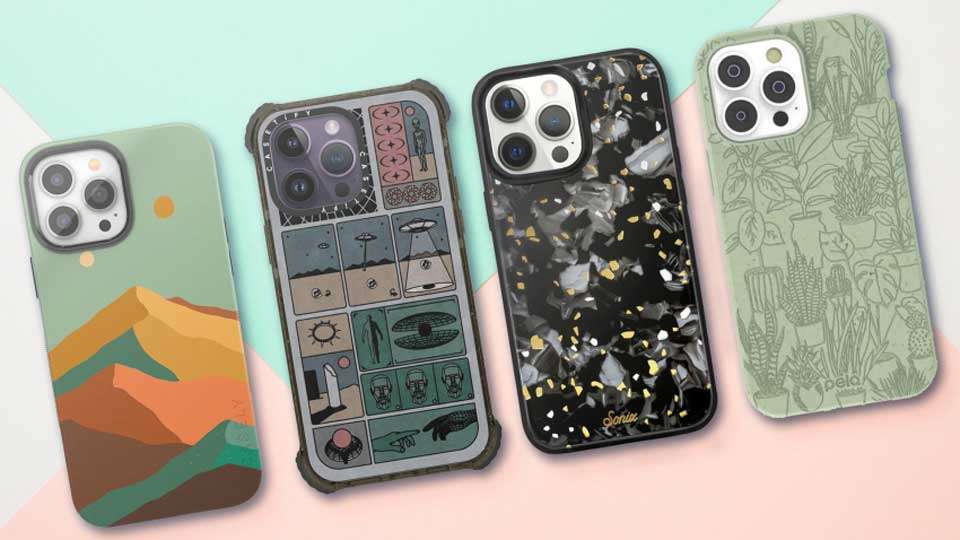
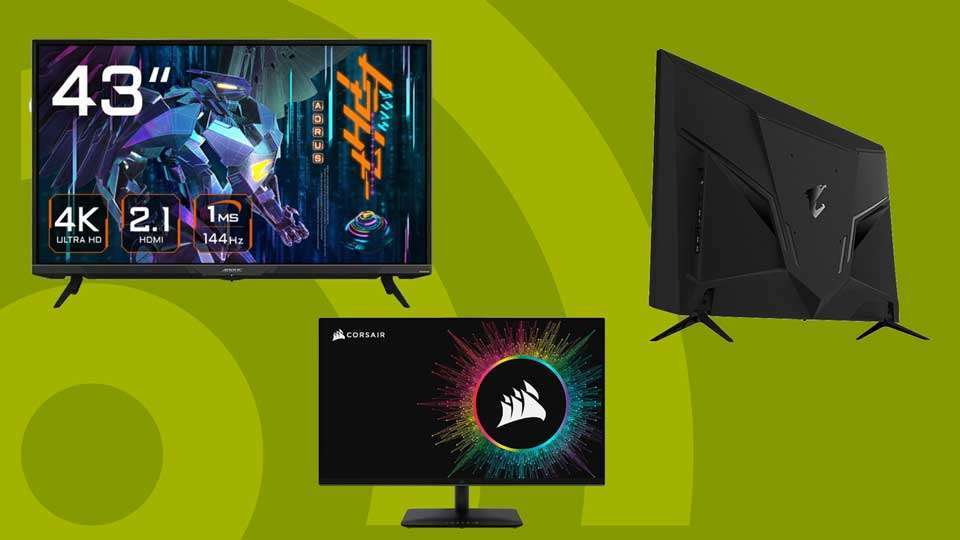
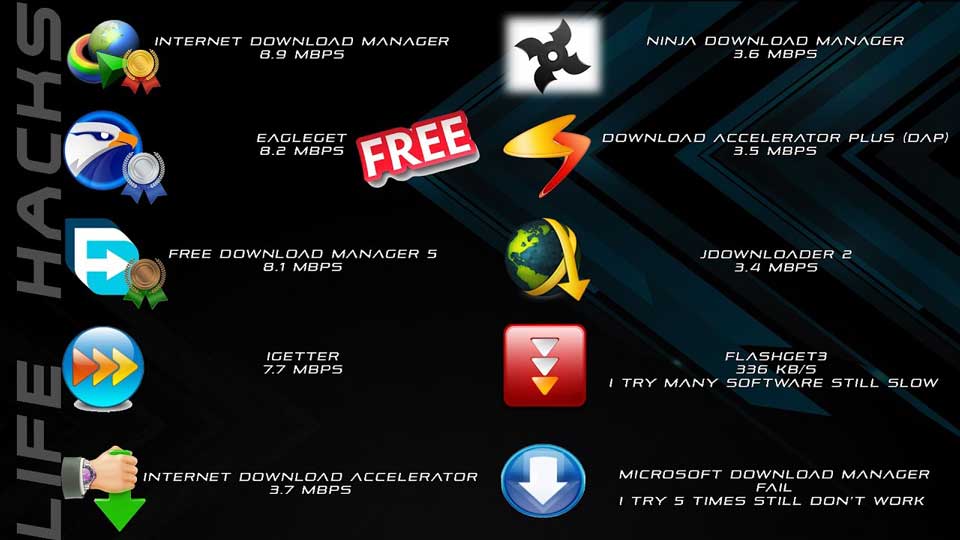
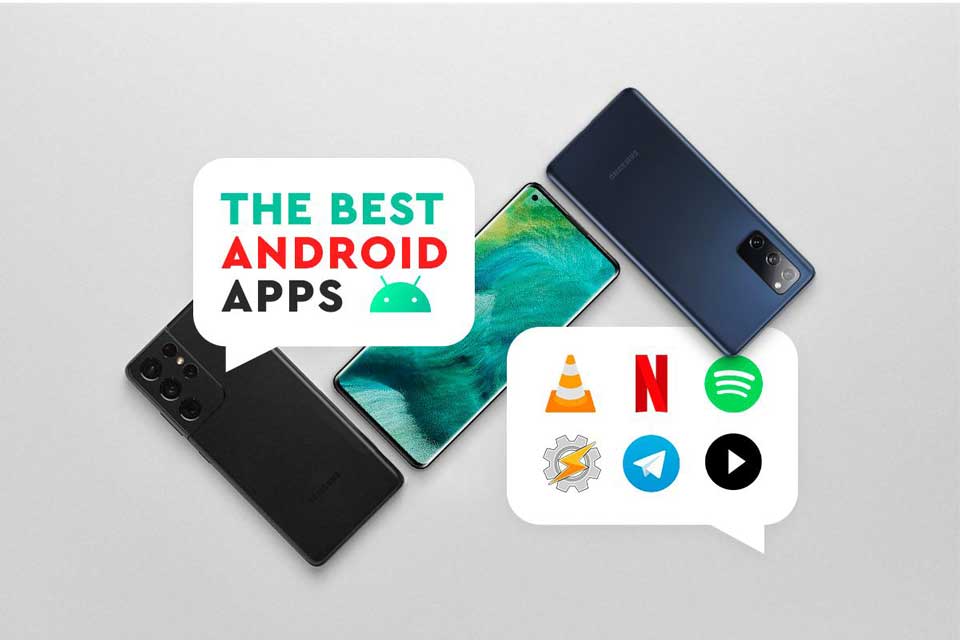
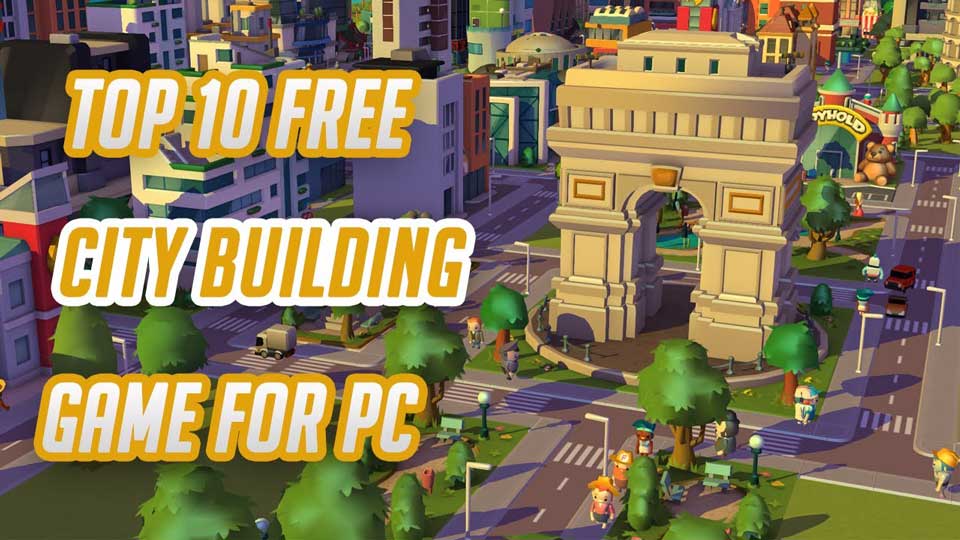
1 Comment